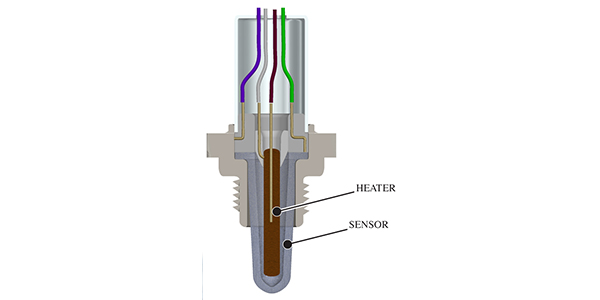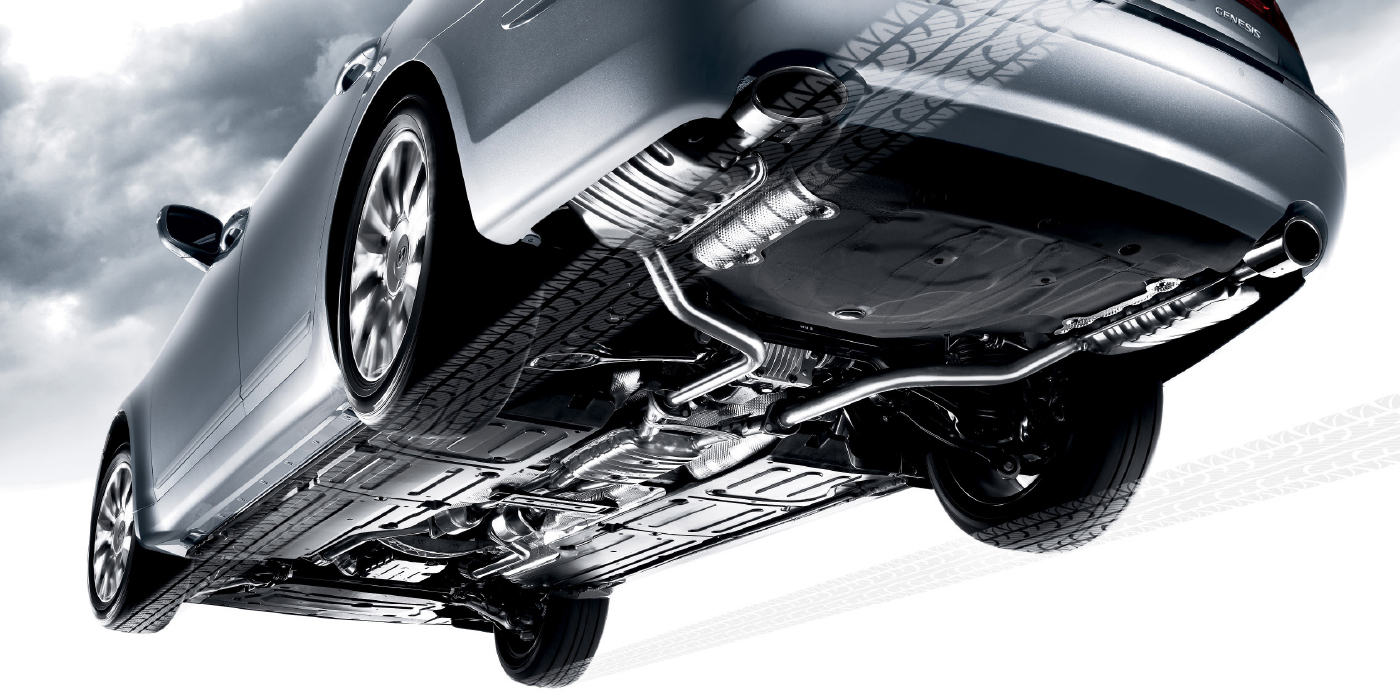Symptom:
The MIL is on, and DTC P1457 [leak detected in the EVAP control system (EVAP control canister system)] is set.
Probable Cause:
The EVAP bypass solenoid valve can fail due to corrosion, caused by water getting inside. If the water contains road salt, the solenoid windings could corrode, causing the valve to fail. In a few rare instances, the corrosion could be severe enough to cause an internal short in the solenoid valve, which could damage the ECM/PCM. If this happens, both the bypass solenoid valve and the ECM/PCM would need to be replaced.
Vehicles driven in the northeastern part of the U.S. are more likely to have this problem because of the salting of roads during the winter months. Vehicles driven in areas where salt is not used on the roads are much less likely to have this problem.
Vehicles affected:
1998-2002 Accord
1998-2000 Civic
1998-2001 CR-V
1999-2003 Odyssey
2000-’02 Insight
2000-’03 S2000
2003 Pilot
Corrective Action:
Test and, if necessary, replace the EVAP bypass solenoid valve. Replace the ECM/PCM if needed.
Repair Procedure:
1. Connect the PGM Tester to the 16P data link connector.
2. Turn the ignition switch to On (II). Turn on the PGM Tester.
3. From the PROGRAM MENU screen, select HONDA SYSTEMS.
4. From the SYSTEM SELECT screen, select 1: PGM-FI.
5. From the TEST MODE MENU screen, select 6: INSPECTION.
6. From the INSPECTION MENU screen, select 2: EVAP TEST.
7. From the EVAP TEST MENU, select 1: SINGLE SOLENOIDS.
8. From the SINGLE SOLENOIDS MENU, activate the EVAP bypass solenoid valve. Listen for a click and feel for a light tap from the solenoid valve as you activate it.
• If you can hear the solenoid valve click or feel it tap when activated, disregard this service bulletin, and look for other possible causes.
• If you cannot hear the solenoid valve click or feel it tap when activated, go to step 9.
9. Replace the EVAP bypass solenoid valve (see section 11 of the appropriate service manual).
10. Test the new solenoid valve with the PGM Tester.
• If you can hear the solenoid valve click or feel it tap when activated, go to step 15 or 16 as appropriate.
• If you cannot hear the solenoid valve click or feel it tap when activated, go to step 11.
11. Check the wire harness and the connectors for damage.
• If you find any damage, repair it, then go to step 12.
• If you find no damage in the wire harness or connectors, go to step 13.
12. Test the solenoid valve again with the PGM Tester.
• If you can hear the solenoid valve click or feel it tap when activated, go to step 15 or 16 as appropriate.
• If you cannot hear the solenoid valve click or feel it tap when activated, go to step 13.
13. Replace the ECM/PCM.
14. Use the PGM Tester to retest the solenoid valve.
• If you can hear the solenoid valve click or feel it tap when activated, go to step 15 or 16 as appropriate.
• If you still cannot hear the solenoid valve click or feel it tap when activated, continue with normal troubleshooting.
15. Insight only: Disconnect the PGM Tester, and return the vehicle to your customer.
16. All other affected models: Use the PGM Tester to run the EVAP system function test (see S/B 02-007, EVAP System Function Testing and Diagnostics With the PGM Tester).
• If the EVAP system passes the function test, disconnect the PGM Tester, and return the vehicle to your customer.
• If the EVAP system fails the function test, continue with normal troubleshooting.
Courtesy of ALLDATA.







